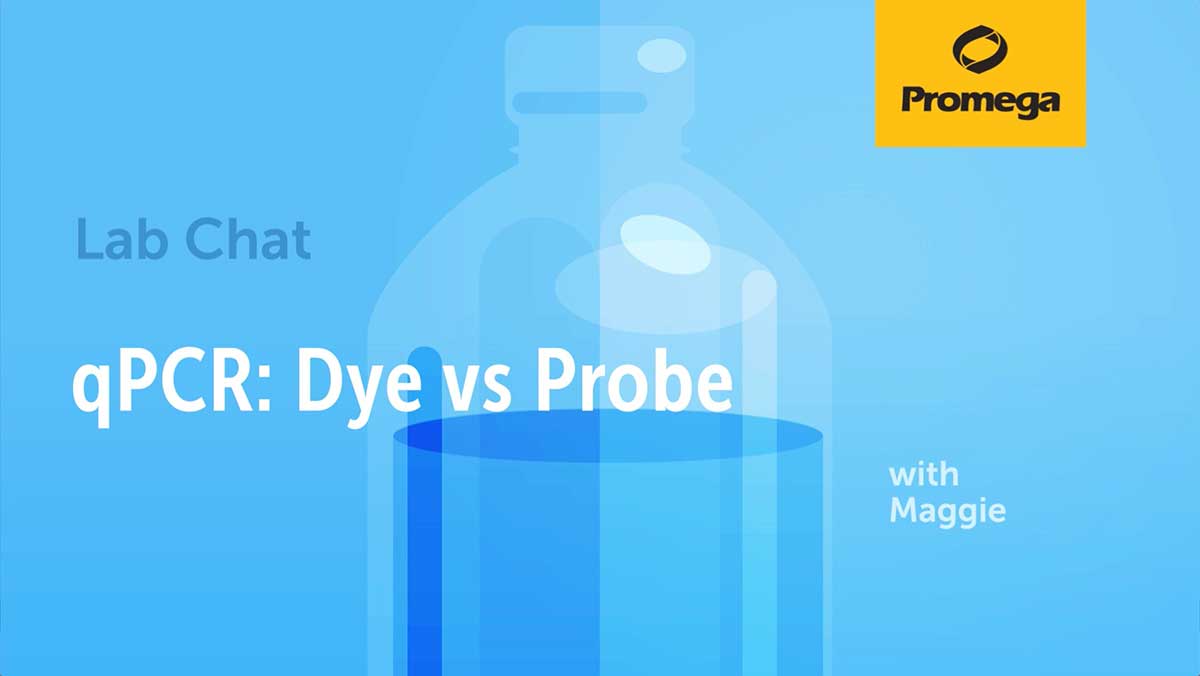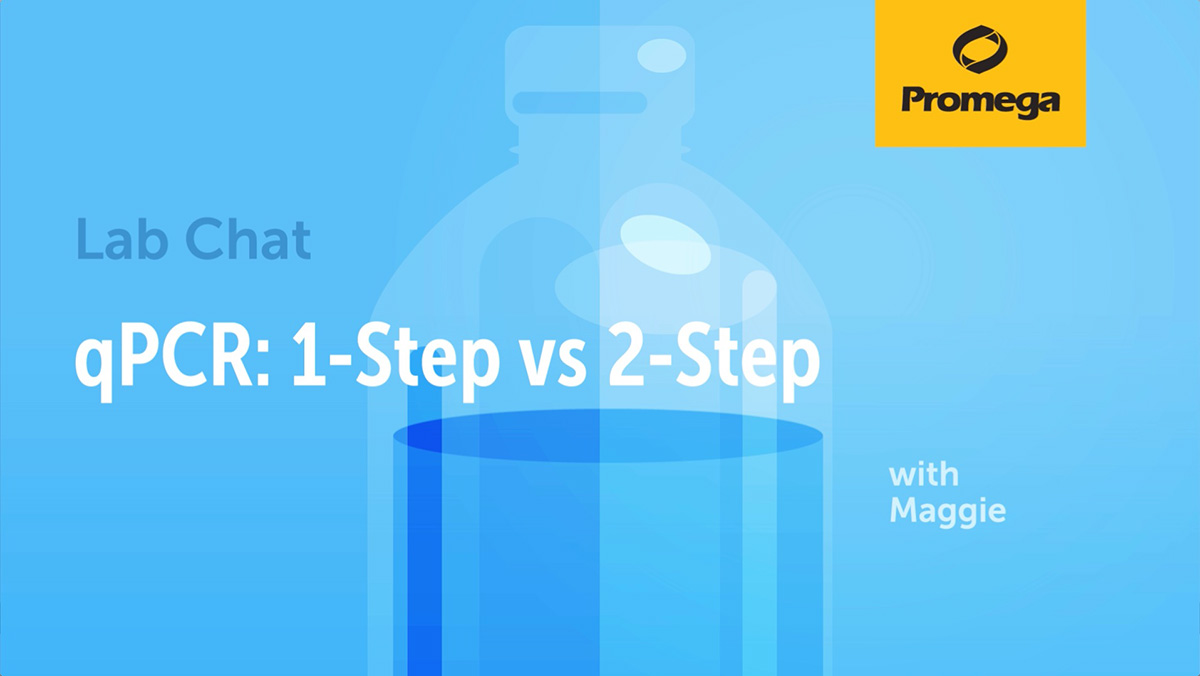Is Real-Time PCR For You?
Darcia Schweitzer
Featured Products
This article provides an overview of the basics of qPCR and RT-qPCR. You can learn more about specific real-time PCR products using the links below.
Abstract
Polymerase Chain Reaction (PCR) is a powerful research tool for molecular biology laboratories with many different applications. PCR is most commonly associated with the traditional end-point method used to amplify DNA or RNA fragments or detect nucleic acid sequences in a sample. Although traditional PCR can qualitatively detect nucleic acid sequences or genes, real-time quantitative PCR (qPCR) offers a more sensitive, quantitative analysis of a sample.
Why qPCR?
If you need to detect DNA sequences of low abundance in a sample or quantify the amount of DNA or gene expression levels in a sample, qPCR can precisely measure the PCR products. This technique, which measures the accumulation of PCR product as it occurs during amplification, can deliver a great deal of information about a sample in a short amount of time. While optimizing qPCR can seem overwhelming, consideration of a few important parameters will significantly increase your chances of success with qPCR.

Reporters: Dye vs. Probe
There are two common types of fluorescent reporters used in qPCR assays, double-stranded DNA binding dyes and labeled primers or probes. Choosing the type of reporter for your qPCR assay depends on the objectives of your experiment.
Dyes bind to the double-stranded DNA produced as a result of the PCR amplification. The unbound dye fluoresces at a much lower level than bound dye, therefore the level of fluorescence is directly proportional to the amount of amplified DNA produced. One advantage of using these dyes is that they will work with standard PCR primers, eliminating the need to acquire specially labeled primers or probes. This does mean that the signal detected is not sequence-specific, and will require additional analysis to confirm that the correct sequence has been amplified. One method for verifying the amplified sequence is melt curve analysis.
Probe-based qPCR relies on a reporter-quencher mechanism. A sequence-specific probe that is labeled with a fluorescent reporter and a quencher molecule binds to the template. The fluorescent signal is not detected until the probe is degraded during amplification of the template. Primers are also needed, but using a probe makes the reaction more specific compared to dye-based chemistries. The primary advantage of using probe-based qPCR is that it provides the opportunity for multiplexing. By incorporating multiple probes with different colored fluorescent reporter dyes, this method can increase throughput by allowing several distinct sequences to be detected from the same qPCR.

RT-qPCR: 1-step vs. 2-step
RT-qPCR uses reverse transcription to convert an RNA transcript into a cDNA template prior to amplification. This method provides a means for sensitive and accurate quantitation of RNA levels in order to analyze gene expression. RT-qPCR can be used to determine if an RNA transcript is present or absent in a sample, as well as quantify the abundance of an RNA transcript.
RT-qPCR can be done in a single step or by dividing that process into two steps. The 1-step method saves time and labor by combining the reverse transcription and amplification reactions, but does not allow the cDNA to be analyzed at a later date. In the 2-step process, the reverse transcription reaction is performed first, and then its products are used in a separate amplification reaction. The cDNA produced during the reverse transcription reaction can be saved for later use, making it possible to analyze different target sequences within an amplified sample.

Although qPCR and RT-qPCR can seem daunting to learn, these techniques are powerful tools that can help you answer complicated questions about gene expression. Choosing the type of fluorescent reporter for your qPCR assay is a good starting point. Using dye-based assays will eliminate the cost of specialized primers, while probe-based assays make it possible to multiplex. RT-qPCR is used to more precisely analyze gene expression. RT-qPCR can be performed in a single step to save time or divided into two steps. Two step RT-qPCR allows cDNA produced during reverse transcription to be set aside for amplification at a later time. For more information about qPCR, you can view the webinar Introduction to Real-Time PCR: Basic Principles and Chemistries, or use the following resources to assist you in implementing these techniques in your laboratory.
qPCR Products
Featured Products
GoTaq® qPCR and RT-qPCR kits are available for dye-based or probe-based real-time PCR approaches. GoTaq® qPCR Systems contain BRYT Green Dye, which provides maximum amplification efficiency and greater fluorescence than SYBR Green.
GoTaq® Probe Systems are ready-to-use master mixes that simplify reaction assembly for hydrolysis probe-based detection.